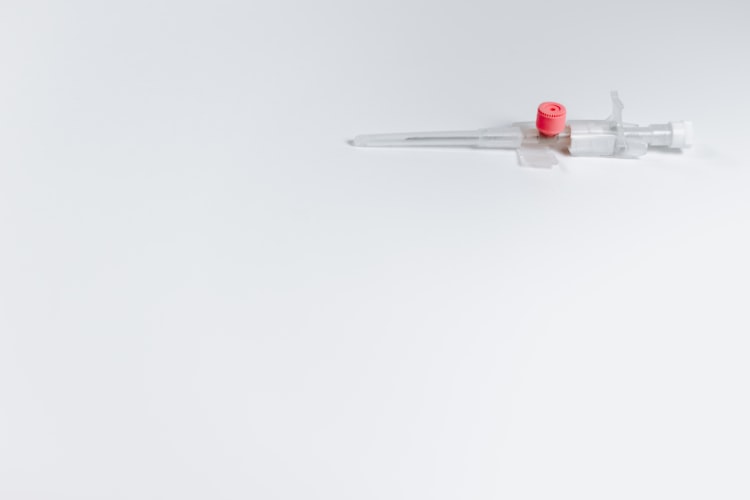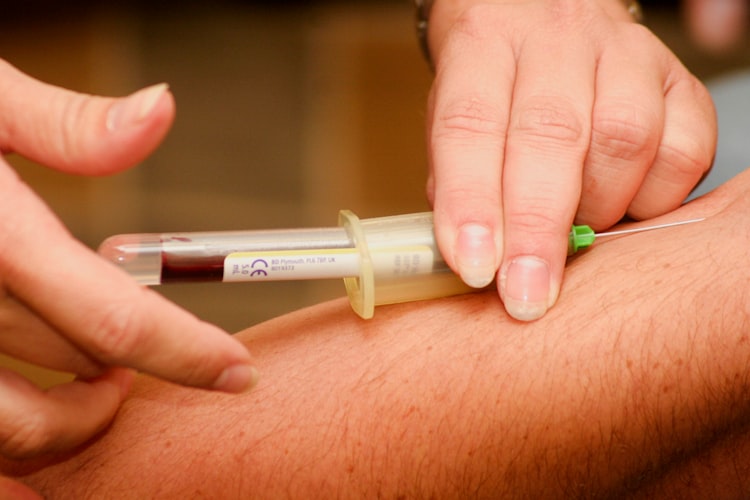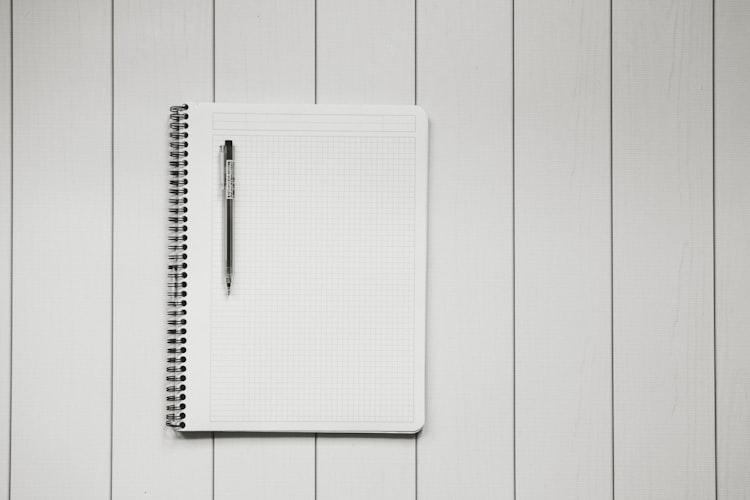Constipation

High-Yield Tips
- Think about what the cause of the constipation is (primary vs secondary). This will affect aperient choice.
- Aperients you'll likely use in hospitals include Movicol or coloxyl + senna. Movicol is safe to use for prolonged periods, but senna isn't. Check local guidelines or eTG for dosing.
Definition
Infrequent passage of stool (generally ≤ 3 bowel movements per week) associated with:
- Straining to defecate
- Passage of hard stools
- Tenesmus
- Need for self-digitation to evacuate stool
Primary vs secondary
Primary constipation
- Aka functional constipation
- Caused by poor diet and insufficient exercise
Secondary constipation
- Caused by another pathological process
Aetiology
Primary constipation
- Insufficient dietary fibre and/or water
- Immobility or ↓ mobility
Secondary constipation
- Gastrointestinal causes (e.g. malignany, ileus, bowel obstruction)
- Medication-induced (e.g. opioids, anticholinergics, calcium channel blockers, iron supplements)
- Endocrine (e.g. hypothyroidism, diabetes mellitus)
- Metabolic (e.g. hypercalcaemia, hypokalaemia)
- Neurologic (e.g. spinal cord injury, multiple sclerosis)
- Connective tissue disorders (e.g. scleroderma, SLE)
Management
1) Non-pharmacological
- Get patient to mobilise (immobility can contribute)
- ↑ dietary fibre and fluid intake
- Address stress and/or depression
- Cease medications that may be contributing where possible
- Treat any other underlying cause
2) Pharmacological
Oral aperients
- Bulking agents (e.g. psyllium) sequester (hold) extra water in stool → ↑ in luminal content volume → stimulate intestinal activity
- Osmotic agents (e.g. lactulose, macrogol [Movicol], sorbitol) are unabsorbed molecules → draw water into intestinal lumen → laxative effect
- Stool softeners (e.g. docusate [coloxyl]) are detergents → facilitate interaction between colonic water and stool → softer stools
- Stimulants (e.g. bisacodyl, senna; are often combined with stool softeners), following mucosal contact → water secretion + direct stimulation of enteric nerve endings
- Lubricants (e.g. paraffin emulsion, glycerol suppository) coat stool → easier passage + alter stool composition (soften stool)
Rectal aperients (suppository and enema versions of above)
3) Manual evacuation
Resources
- https://www.nps.org.au/australian-prescriber/articles/managing-constipation-in-adults
- https://www.amboss.com/us/knowledge/Constipation#anker=Z201094dd54394db9146ea1e48b85f63d





